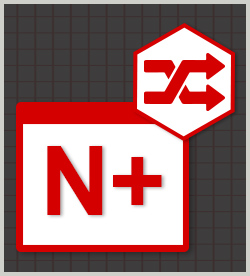Concepts and Characteristics of Networking - start the course
- describe concepts and characteristics of network traffic, such as Broadcast, Multicast, and Unicast
- describe concepts and characteristics of network traffic such as broadcast domains, CSMA/CD, CSMA/CA, and Collision domains
- describe concepts and characteristics of segmentation
- describe the purpose and characteristics of hubs, switches, and routers
- describe concepts and characteristics of routing protocols
- describe concepts and characteristics of IPv6 such as addressing, dual stack, router advertisement, and neighbor discovery
- describe concepts and characteristics of performance concepts such as traffic shaping, QoS, Diffserv, and CoS
- describe concepts and characteristics of NAT and PAT
- describe concepts and characteristics of port forwarding
- describe concepts and characteristics of access control lists
- provide scenarios on when to use private and public IP addressing options
- recognize scenarios of when to use loopback and reserved addresses
- list scenarios of when to implement default gateways and subnet masks
- provide scenarios and illustrate how to configure virtual IP addresses
- configure address assignments such as DHCP, static, APIPA, and IP reservations
Subnetting and Supernetting - perform base 2 conversions
- describe concepts of binary to decimal conversion and determining the size of a subnet
- subnet a class c network
- subnet a class b network
- subnet a class a network
- perform supernetting
- determine the address ranges of subnets
Practice: Subnetting - configure a basic subnetting scenario
|


